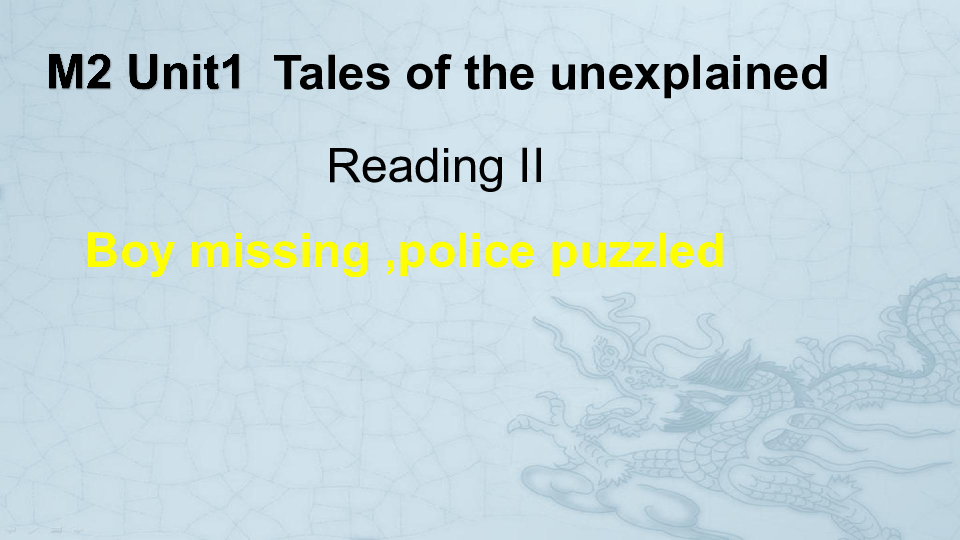Unveiling the Benefits of PET Dotatate Scan: A Comprehensive Guide to Understanding Its Role in Diagnosing Neuroendocrine Tumors
Guide or Summary:What is PET Dotatate Scan?Why Choose PET Dotatate Scan for Neuroendocrine Tumors?How is the PET Dotatate Scan Performed?Interpreting the Re……
Guide or Summary:
- What is PET Dotatate Scan?
- Why Choose PET Dotatate Scan for Neuroendocrine Tumors?
- How is the PET Dotatate Scan Performed?
- Interpreting the Results of a PET Dotatate Scan
- Conclusion: The Future of Neuroendocrine Tumor Diagnosis
---
### Description:
What is PET Dotatate Scan?
The PET Dotatate scan is a revolutionary imaging technique that utilizes a radioactive tracer known as Dotatate to identify neuroendocrine tumors (NETs) in the body. This advanced diagnostic tool is particularly effective because it targets somatostatin receptors, which are often overexpressed in neuroendocrine cells. By binding to these receptors, the Dotatate tracer allows for precise imaging of tumors, enabling healthcare professionals to assess their size, location, and spread.

Why Choose PET Dotatate Scan for Neuroendocrine Tumors?
One of the primary advantages of the PET Dotatate scan is its specificity for neuroendocrine tumors. Traditional imaging modalities, such as CT or MRI scans, may not provide the same level of detail when it comes to identifying these types of tumors. By utilizing a targeted approach, the PET Dotatate scan enhances the accuracy of diagnosis, leading to more effective treatment planning.
Additionally, the PET Dotatate scan offers the benefit of functional imaging. Unlike standard anatomical imaging, which only shows the structure of tissues, functional imaging reveals how the cells within those tissues are behaving. This is crucial for understanding the aggressiveness of a tumor and determining the best course of action for treatment.
How is the PET Dotatate Scan Performed?
The procedure for a PET Dotatate scan is relatively straightforward and non-invasive. Patients are first injected with the Dotatate tracer, which is typically administered intravenously. After allowing time for the tracer to circulate and bind to the tumors, patients are positioned in a PET scanner. The scan itself usually takes about 30 to 60 minutes, during which patients must remain still to ensure clear images are captured.
It’s important for patients to follow any pre-scan instructions provided by their healthcare providers, which may include fasting for a few hours before the procedure. This ensures optimal imaging results and enhances the effectiveness of the scan.
Interpreting the Results of a PET Dotatate Scan
Once the scan is complete, a radiologist will analyze the images to identify any areas of abnormal uptake of the tracer. These areas indicate the presence of neuroendocrine tumors or other abnormalities. The results are then discussed with the patient and their healthcare team to formulate a personalized treatment plan.
The PET Dotatate scan can also be used to monitor the effectiveness of ongoing treatment. By comparing scans taken at different points in time, doctors can assess whether a tumor is responding to therapy, allowing for timely adjustments to the treatment strategy.

Conclusion: The Future of Neuroendocrine Tumor Diagnosis
In summary, the PET Dotatate scan represents a significant advancement in the field of oncology, particularly for diagnosing and managing neuroendocrine tumors. Its ability to provide detailed, functional imaging allows for earlier detection and more precise treatment planning, ultimately improving patient outcomes. As research continues to evolve, the PET Dotatate scan may become an integral part of routine cancer care, offering hope and clarity to patients facing the challenges of neuroendocrine tumors.
If you or a loved one is facing the possibility of a neuroendocrine tumor diagnosis, discussing the option of a PET Dotatate scan with your healthcare provider could be a pivotal step in your journey towards effective treatment and recovery.